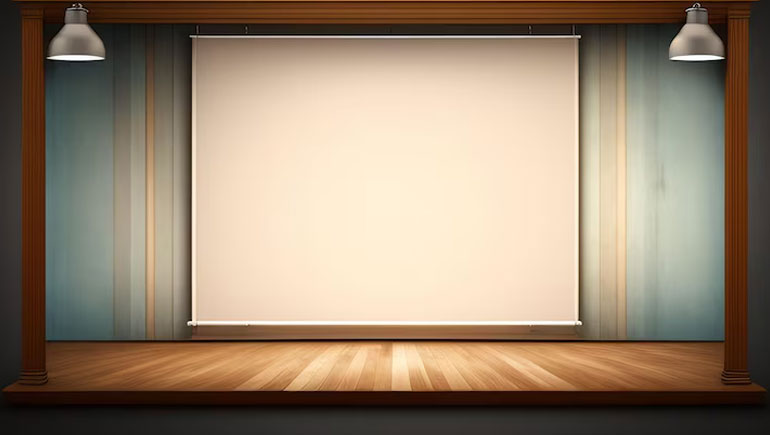Projection Screen Sizes
Once you have decided the type of screen and the type of fabric you want to use, then comes selecting the size and aspect ratio of the screen. Aspect Ratio of the screen is defined as the ratio of the width of the screen to the height of the screen. For example, a screen with width of 16 feet and height of 9 feet would have an aspect ratio of 16/9 or 16:9. Similarly a screen with width and height of 8 feet and 6 feet respectively will have an aspect ratio of 8/6 = 4/3 or 4:3. The two most common aspect ratios in home video segment are 4:3 (also known as 4×3, 1.33:1 or standard video format) and 16:9 (also known as 16×9, 1.78:1, wide-screen or HDTV format)

